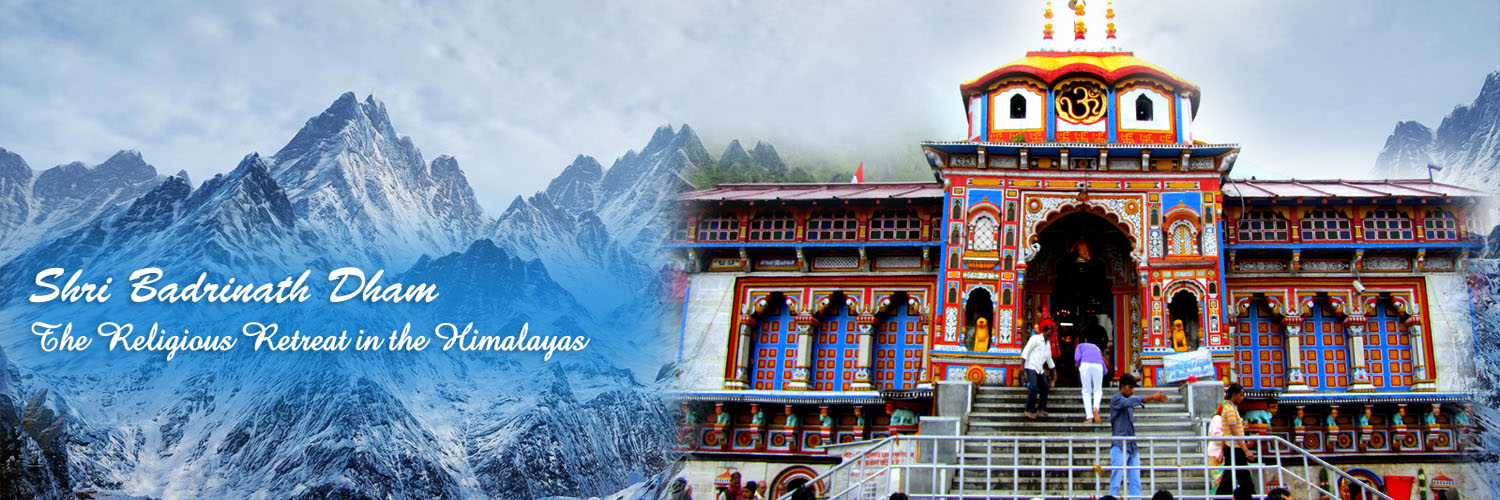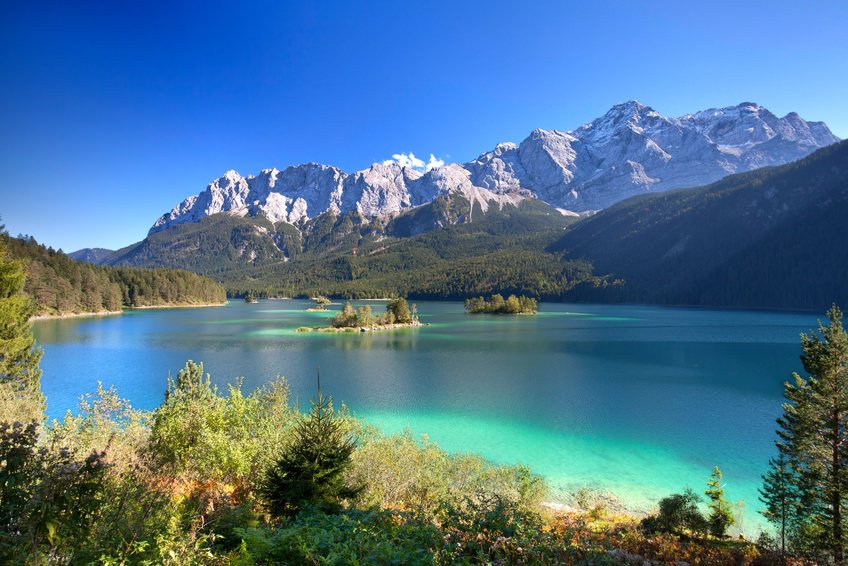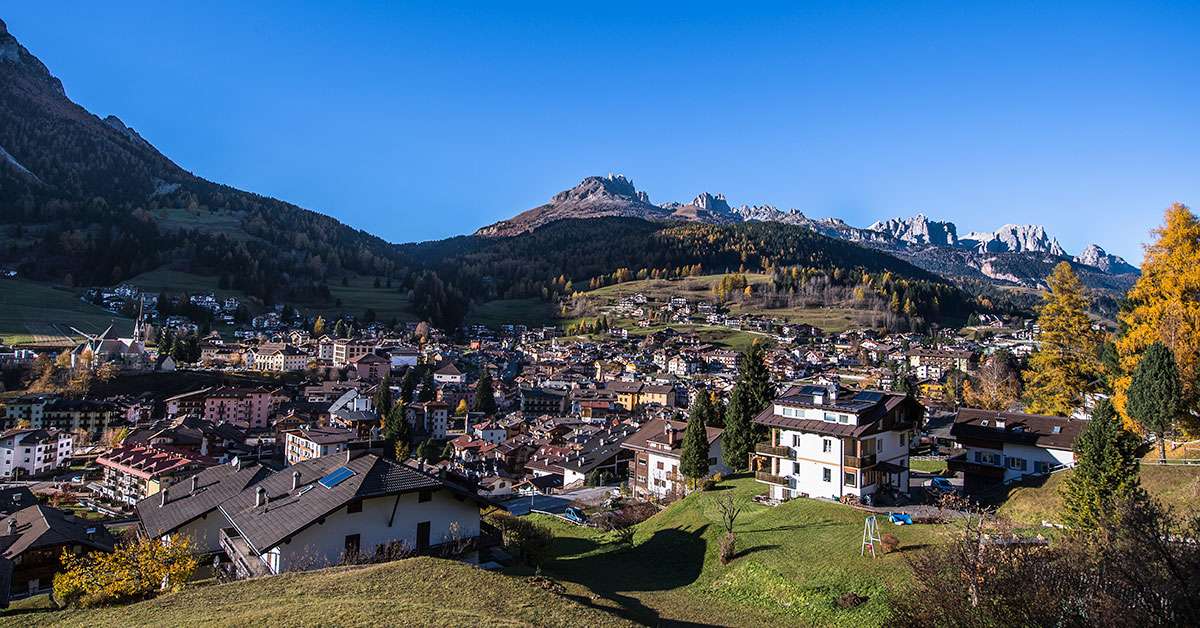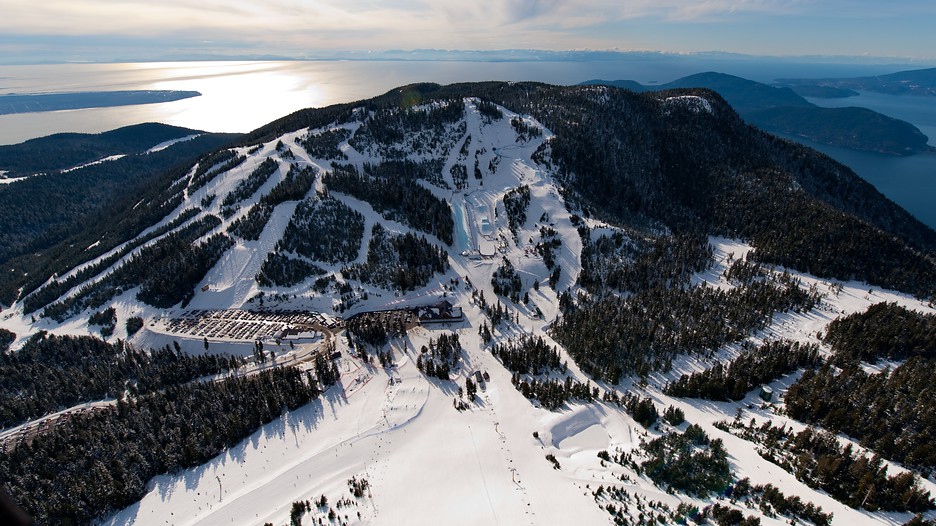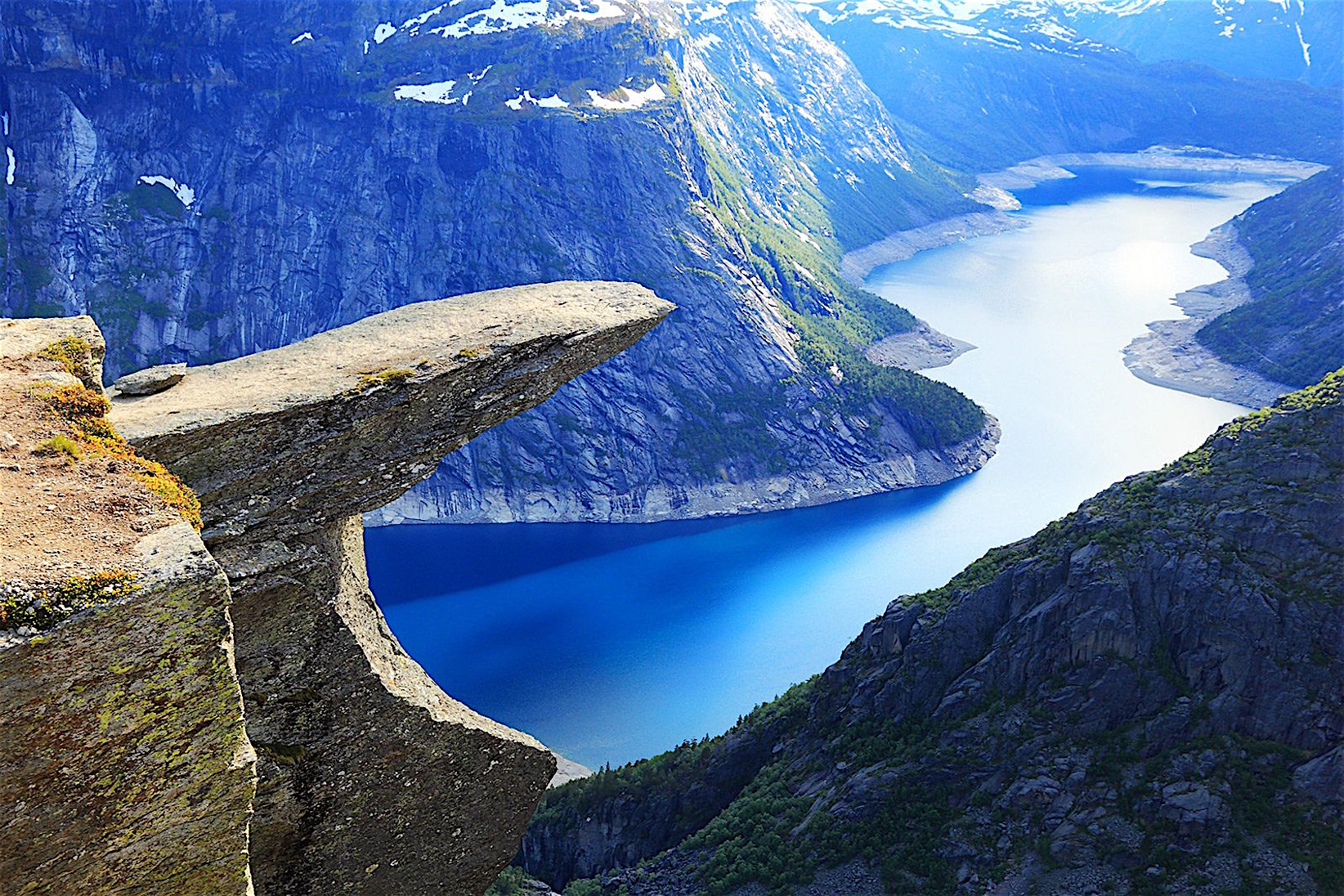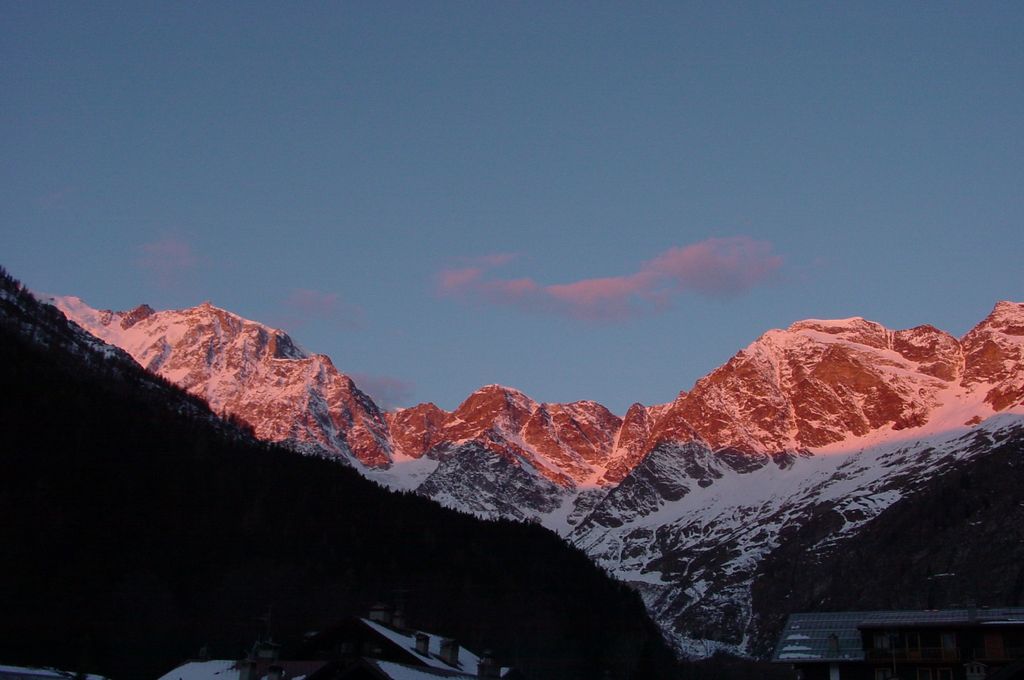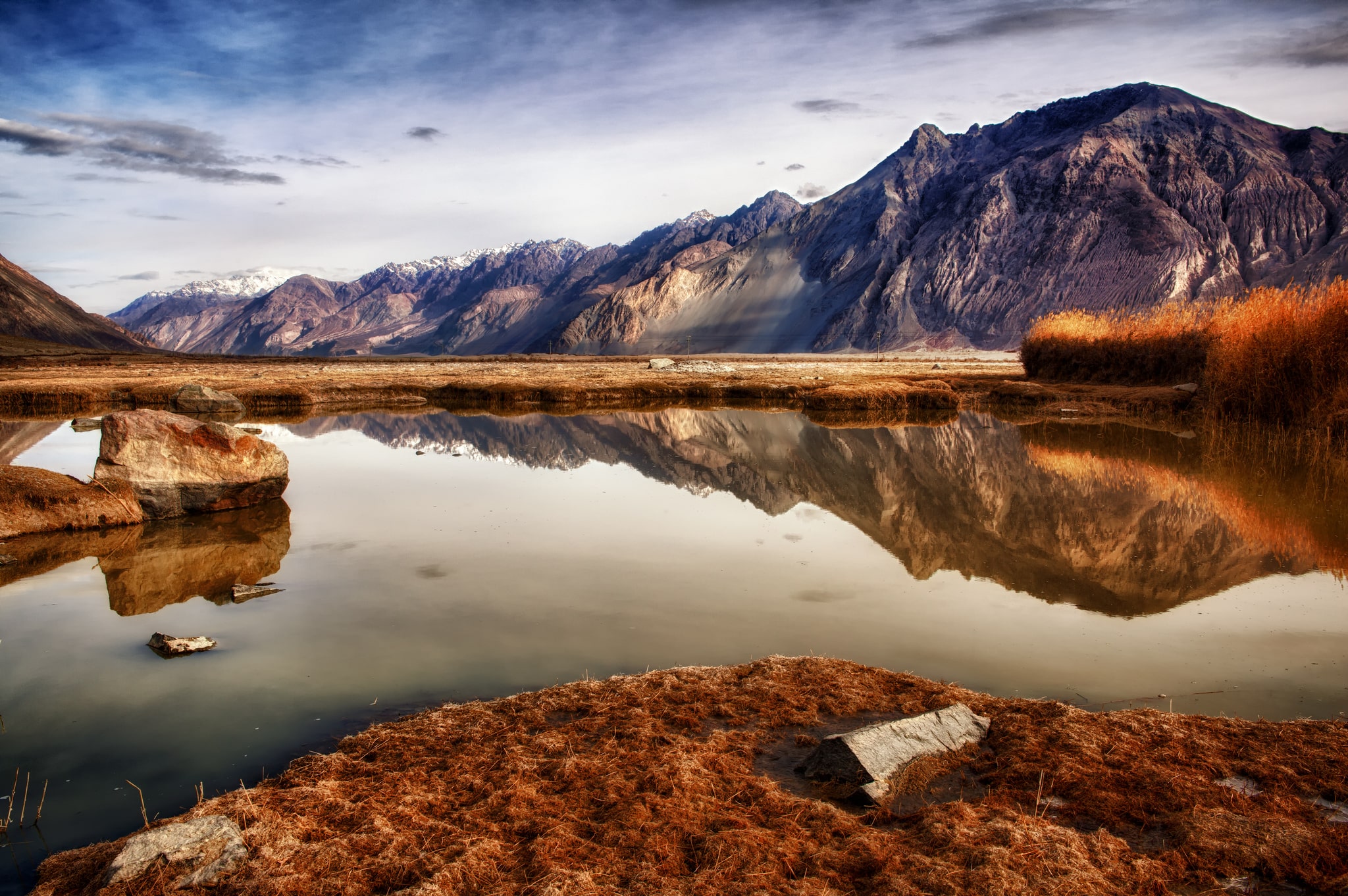Cradled in the Nar-Narayan mountain ranges with the grand Neelkanth peak forming an enchanting backdrop, Badrinath is one of the holiest Hindu pilgrimages. It is located on the left bank of river Alaknanda in Chamoli district of Uttarakhand. According to legends, the Badrinath temple dates back to the Vedic age. However, the present temple is believed to have been established by saint-philosopher Adi Shankaracharya. Badrinath along with Yamunotri, Gangotri and Kedarnath form the Chota Char Dham, one of the important pilgrimages for Hindus. Chota Char Dham is often confused with the Char Dham (four abodes or centers of pilgrimage) pilgrimage necessary for Hindus to perform in their lifetime.
Badrinath temple along with the temples at Puri, Dwarka and Rameswaram form the Char Dhams.
Badrinath, at 3,133 metres, remains covered in snow for over six months. During the period, the temple remains closed and the deity, Lord Badrinath, is shifted to Joshimath, one of the four Maths (monasteries) established by Shankaracharya. Gangotri, Yamunotri and Kedarnath temples also close at the same time. Though road access to Badrinath has improved, safety is a major concern. Landslides and road accidents are a regular occurrence. ALSO SEE History of Char Dham Temples: Yamunotri, Gangotri, Kedarnath and Badrinath temples in Uttarakhand are worth a visit
The road to Badrinath remains crowded since the route also leads to Hemkund Sahib, an important Sikh pilgrimage site. All motorized transport from Joshimath is obliged to move in convoys and the road is closed at night. The route to Badarinath is very fascinating with hilly terrain, hairpin bends and scenic Himalayan vistas.
Hot water springs are among the natural wonders at Badrinath.
Devprayag, Rudraprayag, Karnaprayag, Nandaprayag, Vishnuprayag and Pandukeswar are among the other pilgrimage sites on the route to Badarinath.
